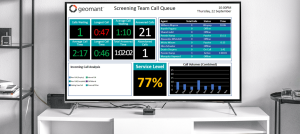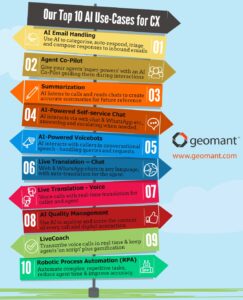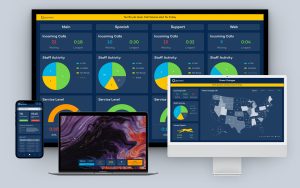Making sure that there’s consolidation of underlying systems in the contact centre is a big part of creating a technology ecosystem that is sustainable. Contact centre integration between the telephony and customer relationship management (CRM) system is an example of good consolidation which has a lot of benefits when implemented in the right way. But what happens when it’s done badly? In this blog, we explore the hidden cost of poor systems integration and give some recommendations on how to overcome challenges.
Poor understanding of business requirements
Having a poor understanding of the business requirement before starting a project is a common pitfall in many situations. As with every project, integration between the CRM and voice infrastructure should be well thought out and managed according to well-defined business needs.
Recommendation: When starting an integration project ensure you take enough time to gather and document business requirements, make sure that business objectives are well understood by the technical team and other project stakeholders.
Endless time spent on integration
No one should slip into the trap of spending endless time on integration because it will end up costing more than it needs to. As with every project, a timeline needs to be defined and should be kept. Of course, implementation time can vary and may expand or contract, but make sure that you have well-defined milestones that are focused around delivering features to the business.
Recommendation: It’s great if you can have a phased approach and roll out features as and when they are ready, enabling users to get used to parts of the integration before full deployment.
Lack of communication
Integrating two separate systems requires a lot of effort and knowledge, and it’s likely that a project team will have a mix of different technical backgrounds. Half will be CRM experts, while the other half will understand the voice infrastructure and CTI integration. If the project is to be successful, information needs to flow flawlessly between the people working together; otherwise, you might find yourself wasting money fixing the problems that are the result of poor communication.
Recommendation: Get yourself a good project manager who will bridge the knowledge gap. Going external and outsourcing to a company with mixed skill-sets and experience is also another good option.
{{cta(‘90293cc3-0660-44b0-9b84-2fb8f4a48e01’)}}
So, what is the hidden cost of poor systems integration in the contact centre?
Now that we’ve talked through all the things that can go wrong with contact centre integration, let’s circle back to answer the question at hand – in our experience we think that ending up still using two systems is the most significant hidden cost of poor systems integration, you’d be surprised how often this can happen. And another is not getting the full benefit of the tools associated with integration. We give a bit more detail:
Ending up in a situation where you’re still using two systems
One of the obvious signs of having a joint system with CRM and contact centre capabilities is that your business processes are simplified, a lot of tasks can be automated, and time-consuming manual administration is minimised – manual work also tends to be omitted if not rigorously imposed.
Poor system integration can be usually seen if the users are still working in two different systems and are still spending a lot of time on manual administration to synchronise between the two.
Recommendation: Ensure that every user is trained on how the new system works and what is expected from them and the system.
Functionality is not working as expected
Integrating customer relationship management systems with voice platforms provides valuable features like screen pop, click-to-dial and automated call logging activity. One of the results of poor integration is that you won’t get the most out of these features. This could mean that having spent a lot of effort and time on integrating two systems, you’re not truly getting the maximum benefit. Let’s take a look at each feature mentioned above and talk through what to look out for:
Screen pop
Make sure when you are performing an automated customer identification your screen pop feature allows you to search in all relevant records and lets you define where exactly to search. For example, you might want to extend your search to custom records. All relevant results should be presented so that the user can select the actual customer, instead of having to dig around the platform.
Tip: Don’t forget that the phone numbers stored in a CRM system and the ones presented on a voice system can have different formats, like national, international etc. a good integration makes sure that your numbers are normalised so that all records are retrieved.
Click to dial
When performing a call via click-to-dial make sure that the functionality is available to you from everywhere within the CRM system, for examples, from the contact, lead, opportunity, detail and list view.
Call activity logging
Make sure that you can log as much information automatically in the CRM system as possible, this will save agents time and improve productivity. Also, make sure that users can easily modify items that are referenced in the call activity.
In summary, contact centre integration is a great way to consolidate business applications and processes and can have a lot of benefit if implemented right. If you are actively looking into how a CRM system can be integrated with a voice system we strongly recommend that all business expectations are gathered, defined and scoped before jumping to technical activities and that you don’t fall into some of the negative situations mentioned in this blog.











